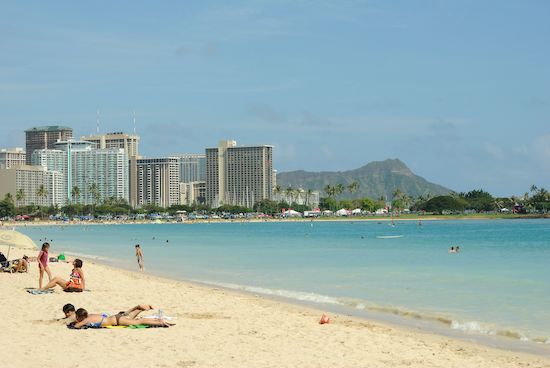
Gender-inclusive bathrooms and UH policy
Many students and faculty may be unaware that all of our campuses now have gender-inclusive bathrooms and have had them for awhile. Many also may not know what that actually means or how it looks in the day-to-day campus environment.
In January 2018, the university implemented UH Executive Policy 1.205, which specifically outlines what is being done to ensure that all students, faculty, staff and visitors are able to access restrooms and other facilities in a safe and accessible way.
The policy addresses both new construction and existing restrooms, showers, locker rooms, changing facilities and wellness/lactation rooms.
Sometimes there is uncertainty as to what gender-neutral/gender-inclusive, gender identity and gender expression mean. When we talk about gender expression, we are speaking of the way individuals present their gender to others, regardless of their designated sex at birth.
When talking about gender identity, we are referring to the way individuals identify with their assigned sex at birth. Those identifies may or may not align with their biological sex at birth.
The policy describes gender-inclusive facilities as restrooms, showers, locker rooms, changing facilities and wellness/lactation rooms that are usable by persons of all gender identities and that are not gender specific.
Gender-inclusive facilities were created as a supportive measure to the university’s policies of nondiscrimination and/or sex discrimination and gender-based violence (Executive Policies 1.202 and 1.204). Individuals are allowed to access and have the right to use any facility that corresponds with their gender identity. These policies provide all individuals protection from harassment and discrimination.
On WCC’s campus there are single occupancy restrooms available to faculty, staff, students and visitors alike. They are located in the following locations: Hale Alaka`i on the Kuhina side, two in Hale La`akea on the third floor and the Media Distribution Center; and two in Hale A`o on both the first and second floors.
Many individuals still hold misconceptions about gender inclusivity, often fearing it is more dangerous. Research has shown the public that this is not the case. It is on us as a campus to educate everyone about access and to shift the culture of the campus to recognize that nondiscrimination policies impact every part of the campus.
According to UH Mānoa’s All-Gender Restroom FAQs page: “According to the Transgender Law Center, the Human Rights Campaign and the American Civil Liberties Union, there is no statistical evidence that all-gender restrooms are any less safe than gender-specific restrooms. In fact, some assert that all-gender restrooms might in fact be safer. Even though bathroom attacks are infrequent, the signage on gender-specific restrooms only provides an illusion of safety and does not prevent perpetrators from entering these spaces. Additionally, gender-specific bathrooms have been shown to pose a risk to transgender individuals.”
To explore the FAQs further, go to http://studentaffairs.manoa.hawaii.edu/all-gender-restrooms-faqs/.
Should you have any questions regarding this policy, please contact me, our Title IX coordinator, at karlas@hawaii.edu or at 235-7468.
by Karla Silva-Park, LMHC, NCC





